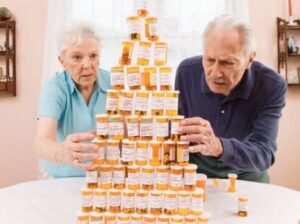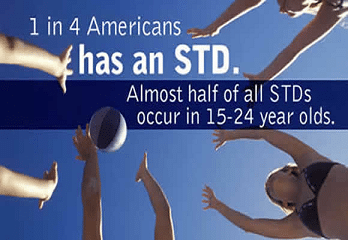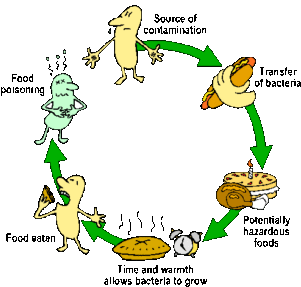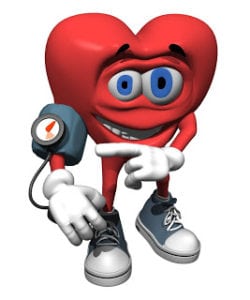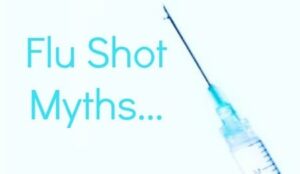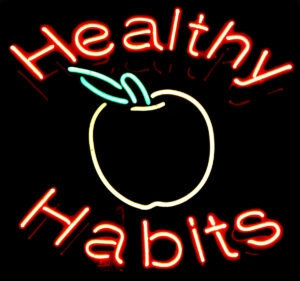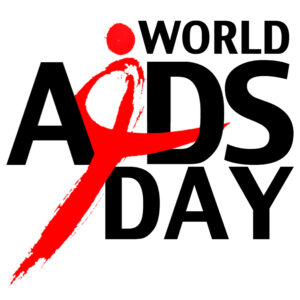Introduction
This Straight, No Chaser addresses the differing effects of medications in the elderly.
The elderly are living longer and more productively. Part of being able to do so is by maintaining an understanding of how your actions affect you. As you’d believe, one common action of many of the elderly is taking medications. You should be aware that medications have changing effects with aging. Also, you should be aware that there are many different reasons for that fact.
It’s the physiology
First of all, changes in our physiology due to aging make the effects of drugs less predictable and consistent than in younger people. A slower metabolism, increases in body fat and alterations in the function of the kidney and liver (major mechanisms for drug elimination) have important ramifications for what ingested substances will do. Thus, the elderly require more stringent monitoring of drug levels and effects, and you may find that your physician needs to adjust medication doses. This same consideration explains why side effects are more common among the elderly.
Be reminded the presence of other diseases brings additional effects and challenges. Just as with one’s own relatively diminished function, disease imposes the same type of changes onto the body. This can speed the presence of side effects and toxicity as well as adjust the effective dose of a medication.
Drug Interactions
Have you ever seen the individual with a small ‘army’ of medications? Think about it. The more medications one takes, the more likely drug interactions will ensue and changes in effectiveness in any single medication may occur. This effect incrementally increases with each additional drug one takes. Similarly, the more medications one is taking, the most likely one is to make a mistake in taking the correct medication at the right time. Now consider your independently living parents or grandparents. The elderly often are more prone to make these types of errors.
What can you do about this? Get organized, and get help! Those daily medication containers are good solutions to incorrectly dosing medications. If you’re especially organized, a log is great—not necessarily for you, but for the physician that will be trying to figure out why you’re dizzy or have an altered mental status if and when that occurs.
Talk with each doctor you see or a pharmacist about what to expect from the combination of medications you take; it can make your lives a lot less complicated.
Follow us!
Ask your SMA expert consultant any questions you may have on this topic. Also, take the #72HoursChallenge, and join the community. Additionally, as a thank you, we’re offering you a complimentary 30-day membership at www.72hourslife.com. Just use the code #NoChaser, and yes, it’s ok if you share!
Order your copy of Dr. Sterling’s books There are 72 Hours in a Day: Using Efficiency to Better Enjoy Every Part of Your Life and The 72 Hours in a Day Workbook: The Journey to The 72 Hours Life in 72 Days at Amazon or at www.jeffreysterlingbooks.com. Another free benefit to our readers is introductory pricing with multiple orders and bundles!
Thanks for liking and following Straight, No Chaser! This public service provides a sample of http://www.SterlingMedicalAdvice.com (SMA) and 844-SMA-TALK. Likewise, please share our page with your friends on WordPress! Also like us on Facebook @ SterlingMedicalAdvice.com! Follow us on Twitter at @asksterlingmd.
Copyright © 2018 · Sterling Initiatives, LLC · Powered by WordPress



